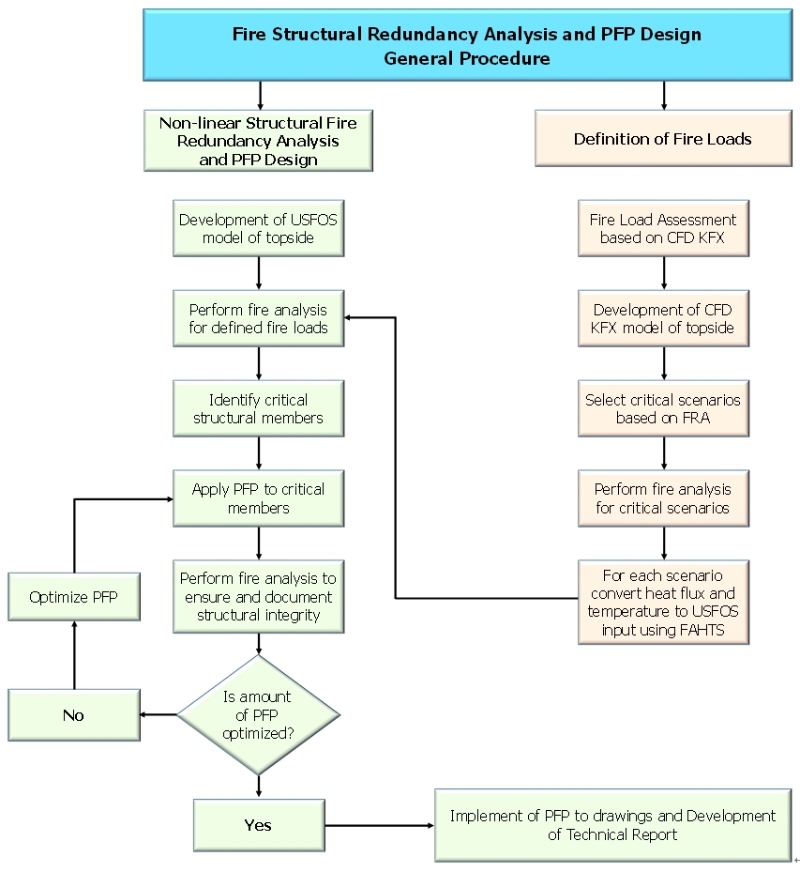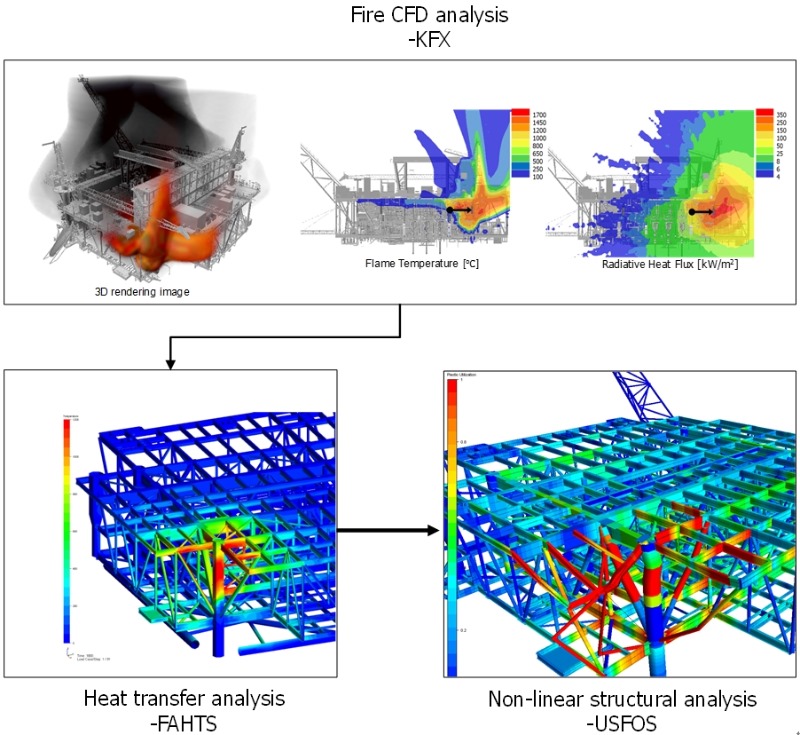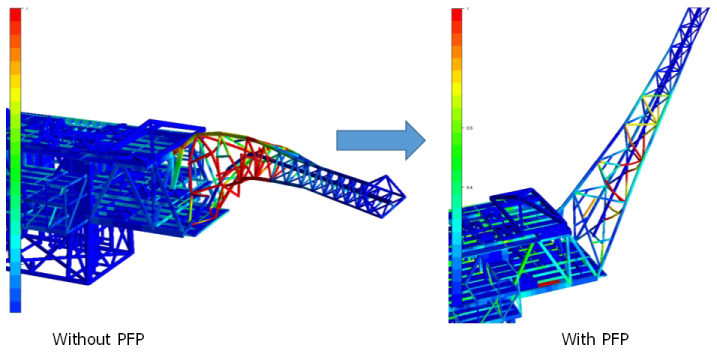 KR Webzine Vol.111
KR Webzine Vol.111
- Dec. 2021
- Nov. 2021
- Oct. 2021
- Sep. 2021
- Aug. 2021
- Jul. 2021
- Jun. 2021
- May. 2021
- Apr. 2021
- Mar. 2021
- Feb. 2021
- Jan. 2021
- Dec. 2020
- Nov. 2020
- Oct. 2020
- Sep. 2020
- Aug. 2020
- Jul. 2020
- Jun. 2020
- May. 2020
- Apr. 2020
- Mar. 2020
- Feb. 2020
- Jan. 2020
- Dec. 2019
- Nov. 2019
- Oct. 2019
- Sep. 2019
- Aug. 2019
- Jul. 2019
- Jun. 2019
- May. 2019
- Apr. 2019
- Mar. 2019
- Feb. 2019
- Jan. 2019
- Dec. 2018
- Nov. 2018
- Oct. 2018
- Sep. 2018
- Aug. 2018
- Jul. 2018
- Jun. 2018
- May. 2018
- Apr. 2018
- Mar. 2018
- Feb. 2018
- Jan. 2018
- Dec. 2017
- Nov. 2017
- Oct. 2017
- Sep. 2017
- Aug. 2017
- Jul. 2017
- Jun. 2017
- May. 2017
- Apr. 2017
- Mar. 2017
- Feb. 2017
- Jan. 2017
- Dec. 2016
- Nov. 2016
- Oct. 2016
- Sep. 2016
- Aug. 2016
- Jul. 2016
- Jun. 2016
- May. 2016
- Apr. 2016
- Mar. 2016
- Feb. 2016
- Jan. 2016
- Dec. 2015
- Nov. 2015
- Oct. 2015
- Sep. 2015
- Aug. 2015
- Jul. 2015
- Jun. 2015
- May. 2015
- Apr. 2015
- Mar. 2015
- Feb. 2015
- Jan. 2015
- Dec. 2014
- Nov. 2014
- Oct. 2014
- Sep. 2014
- Aug. 2014
- Jul. 2014
- Jun. 2014
- May. 2014
- Apr. 2014
- Mar. 2014
- Feb. 2014
- Jan. 2014
- Dec. 2013
- Nov. 2013
- Oct. 2013
- Sep. 2013
- Aug. 2013
- Jul. 2013
- Jun. 2013
- May. 2013
- Apr. 2013
- Mar. 2013
- Jan. 2013
- Dec. 2012
- Nov. 2012
- Oct. 2012
- Sep. 2012
- Aug. 2012
- Jul. 2012
- Jun. 2012
- May. 2012
- Apr. 2012
- Mar. 2012
- Feb. 2012
- Jan. 2012
- Dec. 2011
- Nov. 2011
- Oct. 2011
- Sep. 2011
- Aug. 2011
- Jul. 2011
- Jun. 2011
- May. 2011
- Apr. 2011
- Mar. 2011
- Feb. 2011
- Jan. 2011
- Dec. 2010
- Nov. 2010
- Oct. 2010
- Sep. 2010
- Aug. 2010
- Jul. 2010
- Jun. 2010
- May. 2010
- Apr. 2010
- Mar. 2010
- Feb. 2010
- Jan. 2010
- Dec. 2009
- Nov. 2009
- Oct. 2009
- Sep. 2009
- Aug. 2009
- Jul. 2009
- Jun. 2009
- May. 2009
- Apr. 2009
- Mar. 2009
- Feb. 2009
- Jan. 2009
- Dec. 2008
- Nov. 2008
- Oct. 2008
- Sep. 2008
- Aug. 2008
- Jul. 2008
- Jun. 2008
- May. 2008
- Apr. 2008
- Mar. 2008
- Feb. 2008
05
May 2017
- KR Inside
- KR R&D Trends
-
Technical News
- SSE 4 - News Flash
- SDC 4 - News Flash
- List of national operational contact points for SOPEP/SMPEP (Latest Update: 31 March 2017)
- Technical information for amendments to the Welder Qualification Scheme (IACS UR W32)
- Extension of implementation schedule for USCG approved Ballast Water Management Methods - Rev.2
- KR notation guide 2017
- Port State Control detentions
Offshore installations produce highly flammable goods, oil and gas, and therefore naturally have the potential for accidents, particularly fires and explosions. A risk assessment is performed during the early design phase of the platform to reduce the risk of such accidents.
The quantitative assessment and management of risks associated with fire require an integrated computation of fire loads and their consequences.
Accurate computations of fire loads during an accident on an installation make it possible to design the installation resistant enough to withstand these loads.
Computational Fluid Dynamics (CFD) tools facilitate the accurate computation of fire loads produced during an accident. These fire loads (temperature and heat fluxes) are then transferred to a structural analysis program in order to perform Structural Redundancy Analysis (SRA). SRA provides the exact collapse information of the topside for any defined fire scenario.
KR has the expertise to provide safety design services to construct an offshore platform in such a way that it could tolerate fire accidents. Our fire safety engineering services include;
▶ Fire Risk Analysis (FRA)
▶ Assessment of fire heat flux/temperatures for defined fire scenarios using CFD tools (KFX,
FLACS-Fire)
▶ Development of probabilistic models for fire loads
▶ Global and local nonlinear structural fire consequence analysis
▶ Design and optimization of Passive Fire Protection (PFP)
The general procedure for fire redundancy analysis and PFP design is illustrated in Figure 1.

Figure 1. General procedure for Fire Redundancy Analysis and PFP design
For any fire scenario, a thermal loads (gas temperature and heat fluxes) calculation is
performed using the CFD tool, KFX.
Heat transfer analysis is performed using the FAHTS code to calculate the structural member
temperature, and incorporating the KFX simulation results (gas temperature and heat fluxes).
The results of the FAHTS heat transfer analysis are then exported to the USFOS program for the nonlinear structural response analysis.
Figure 2 shows the overall redundancy analysis process and the interface between each process.

Figure 2. Overall fire redundancy analysis process and interface among the processes
In addition to the active fire protection system, Passive Fire Protection (PFP) material is also
used in offshore platform to protect the topside structures. PFP is a special material that covers the critical structural members, protecting the steel from heat for a specific duration of any fire.
Based on SRA, the critical structural members that are most important to prevent the global collapse of the topside are identified. PFP is applied to these critical members and the SRA is conducted again.
The PFP optimization study documents the minimum number of critical members that should be protected by PFP to prevent the global collapse of the topside for a specific duration of fire.

Figure 3. Structural evaluation considering with and without PFP
PFP is very heavy, expensive and time consuming to apply, it also creates difficulties for
inspections during the operation of the platform.
Therefore, performing an SRA and PFP optimization study will not only save topside weight and cost but also facilitates the easier inspection of the platform.


